Linux is a family of open-source operating systems that are based on the Linux kernel, which is a core program that manages the communication between hardware and software. Linux was created by Linus Torvalds in 1991 and has since grown to become one of the most widely used and versatile operating systems in the world.
One of the main advantages of Linux is its portability, which means that it can run on different types of hardware platforms, such as personal computers, servers, smartphones, tablets, embedded devices, and supercomputers. Linux can also be customized and modified according to the needs and preferences of the users and developers, as it is distributed under a free and open-source license. This allows for great diversity and innovation in the Linux ecosystem, with many different distributions and applications available for various purposes and audiences.
Linux port on microcontrollers is the process of running Linux applications on embedded devices that use microcontroller units (MCUs) instead of microprocessor units (MPUs). MCUs are typically cheaper, smaller, and more power-efficient than MPUs, but they have less memory and processing power, and they do not support memory management units (MMUs) that are required by most Linux distributions.
This project is based on the work of jcmvbkbc, who has ported Linux to various Xtensa platforms.
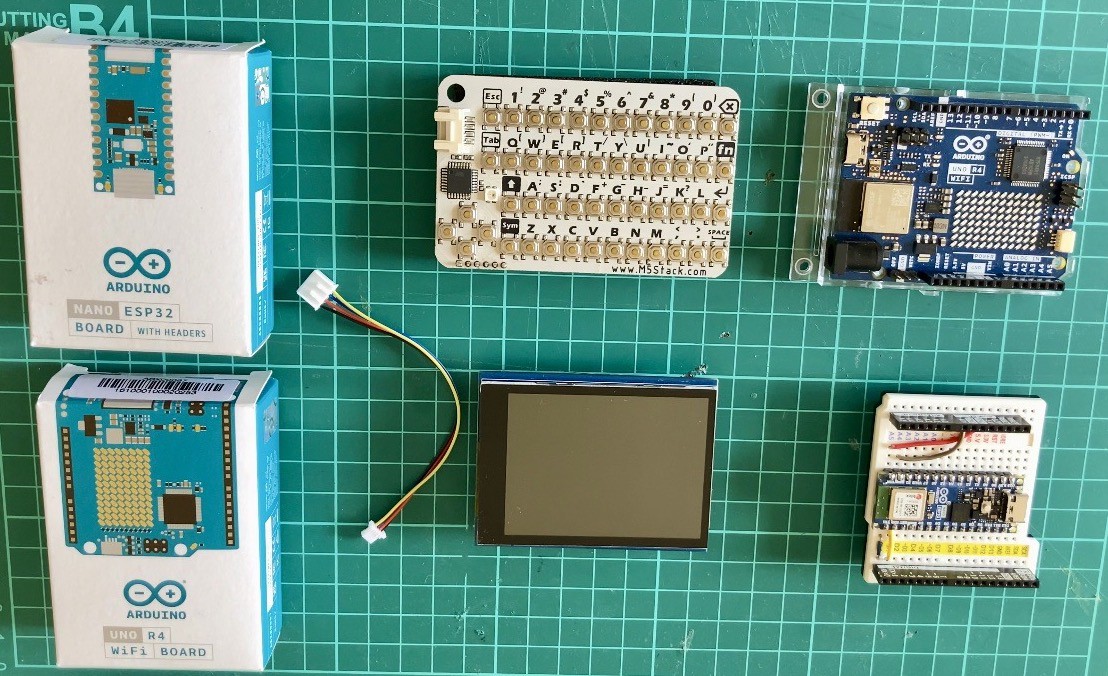

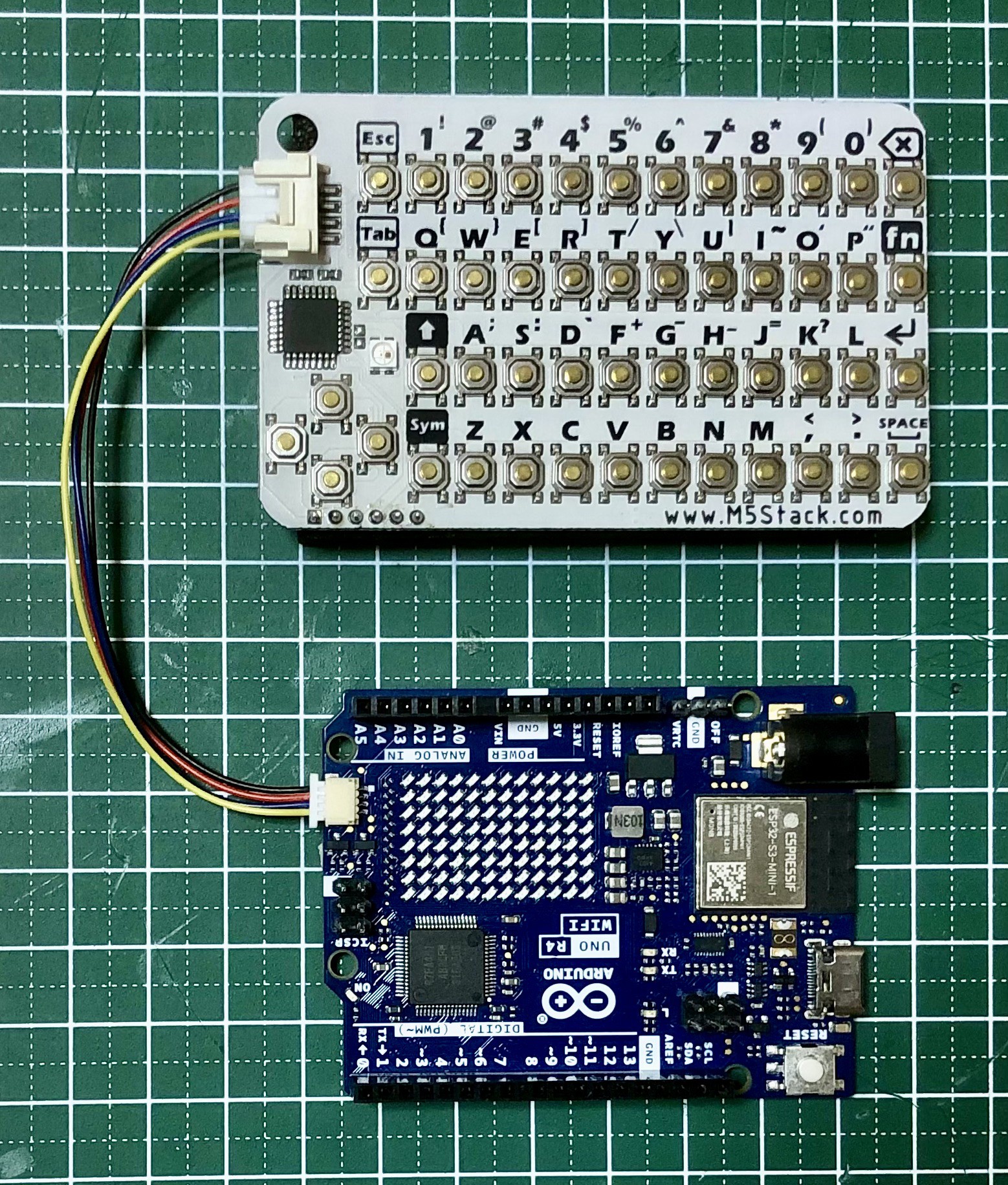
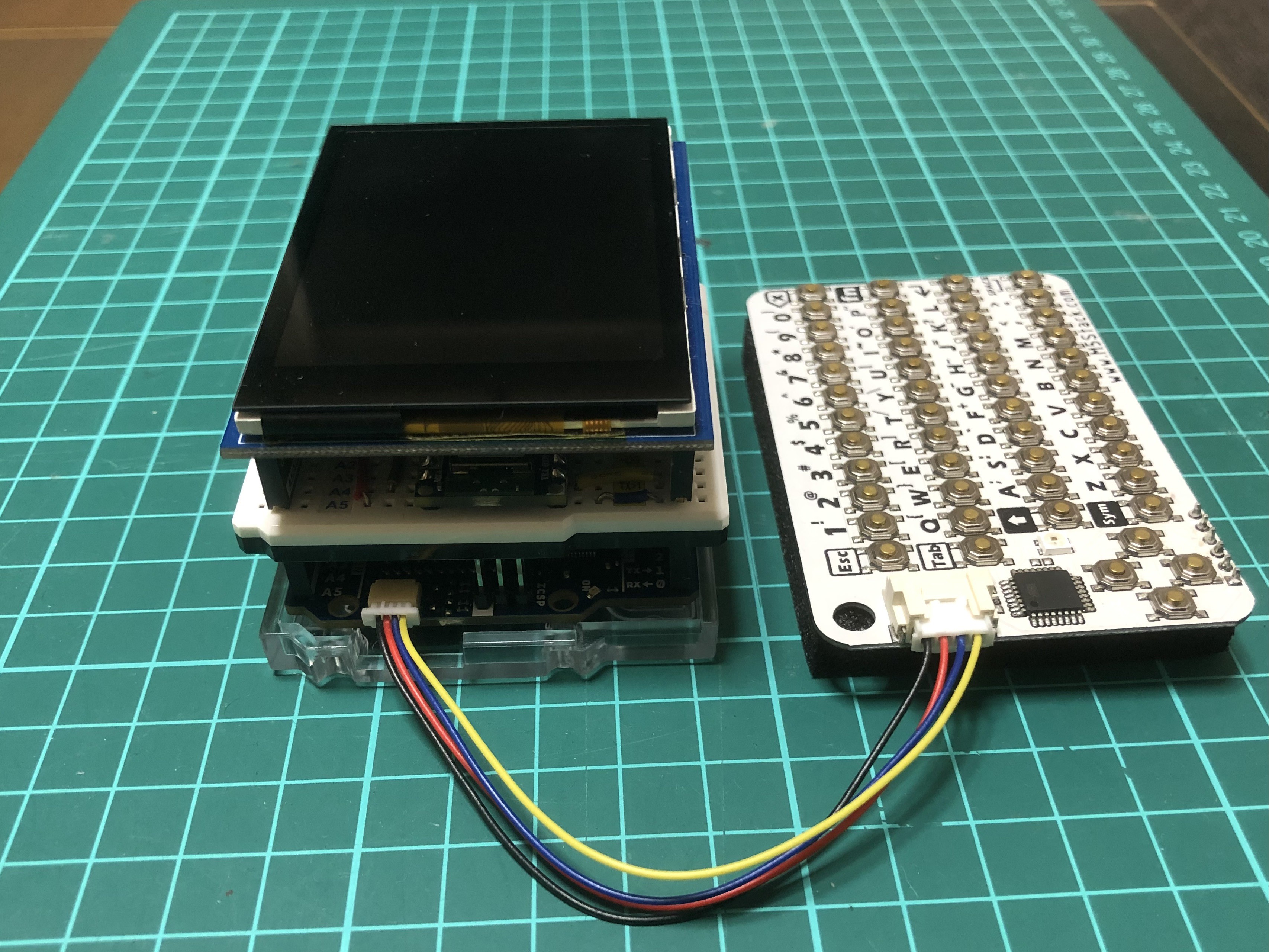



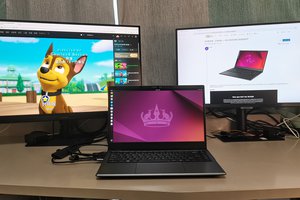
 TMJS_OPENSBC
TMJS_OPENSBC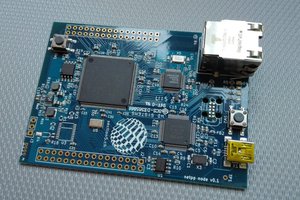
 Martin
Martin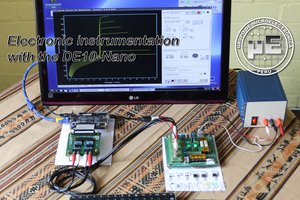
 Miguel Risco-Castillo
Miguel Risco-Castillo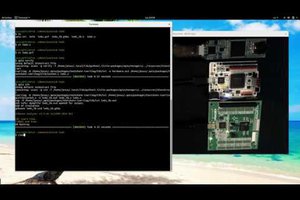
 Jesús Arroyo Torrens
Jesús Arroyo Torrens
can You use https://pine64.com/product-category/ox64/ for minimize size of device, and add more power? meybe solar power too?